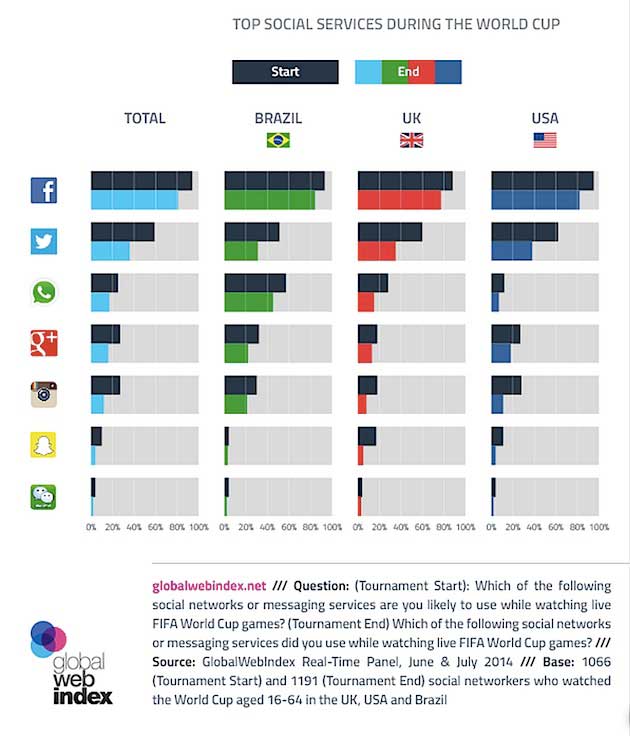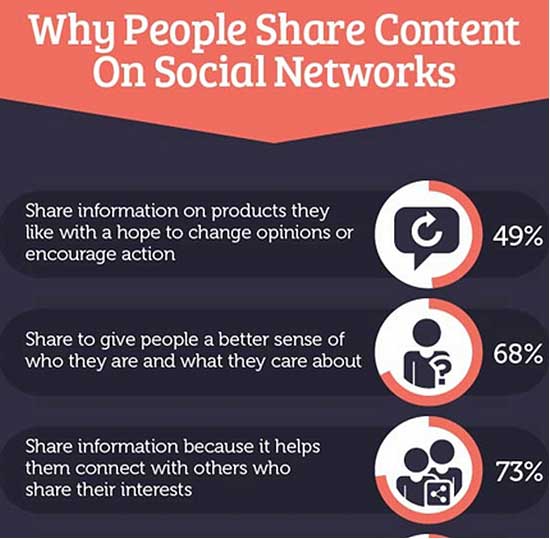What nightspots trend on Twitter? Heineken helps young people find out. You’ll also learn what people really share on social networks, how to write like a spy, why word crimes are way worse than blurred lines, and why joining Instagram may be the smartest thing the TSA ever did. Skim for your share of state secrets.
Wouldn't you selfie that World Cup win? Germany's taken home World Cup gold for the fourth time, and the Net's become a repository for the team's victorious selfies and GIFs (check out Angela Merkel slummin' it in the locker room!). We're thrilled for them, even though it was hard to see so many Argentineans cry all at once.
Selfie 2…:-) pic.twitter.com/RJh7RnXXUw
— Lukas-Podolski.com (@Podolski10) July 13, 2014
Speaking of the #WorldCup, who won social engagement—Twitter or Facebook? The answer is complicated. Facebook clocked three billion "interactions" (Likes, comments, shares, status updates), while Twitter racked up 672 million Tweets. But if you assume a Facebook comment is worth more than a mere "Like" and is more similar to a Tweet, the results flatten a bit: Facebook totaled approximately 818 million comments to Twitter's 672 million Tweets. So Facebook still wins, but Twitter was still a powerful social force. GlobalWebIndex had its own take on the matter:
What's trending locally? Heineken's launching @wherenext, a Twitter handle to which guys can tweet cities in exchange for info about its trendiest haunts. The data comes from check-ins, tweets, and pictures on Twitter, Foursquare, and Instagram. Head of Digital Paul Smailes says the goal isn't to produce a branded-only app, it's to create something truly useful. Though it has fewer than 600 followers so far and hasn't yet launched its campaign, the effort resolves a problem relevant to the target... and indeed relevant to the brand. That's the best kind of value-add.
Welcome to Instagram, TSA. The TSA, among the most derided government bodies around, has been on Instagram since last year. Thanks to The Daily Beast, people have begun to notice—and it's fascinating. Each photo yields insight on how the TSA works, and on the (crazy!) things they find when sifting through luggage and shoes. (More than one ninja star... and a lot of knives-disguised-as-other-stuff.) The captions are funny and informative; crucially, they humanize an entity that we often think of with ire. (You'll want to thank them when you see all the grenades.)
What people share on social networks. Go-Gulf's produced a super-long infographic that breaks users down by platform, gender, and nationality to reveal who's sharing what. The most-shared emotions include awe (25%) and laughter (17%). In the US, you're most likely to get news clips, while in India you'll sooner get a film or movie trailer. Indonesians? Big on fashion. By and large, pictures get shared the most (43%)—and mostly on Facebook, of course. Check it out.
How do search marketers tweet? A study by Leadtail finds that Search Engine Land is the industry's most-shared resource on Twitter. Search Engine Land is also the most-retweeted publisher/vendor in the pack. Other major industry sources include Search Engine Watch, Marketing Land, and Mashable. As for people? WordStream CTO Larry Kim takes the cake for most retweeted. Who are your industry authorities?

Want more Pingagement? Turns out that videos are the most-engaging visual format on Pinterest... as well as the most-underused. Business2Community teaches you how to upload videos and optimize them for the best-possible visibility. Pro tip: Keep your video descriptions around 200 characters. They're among the most-repinned media, so don't get wordier than that; and, if possible, add hashtags, necessary keywords, and a link.
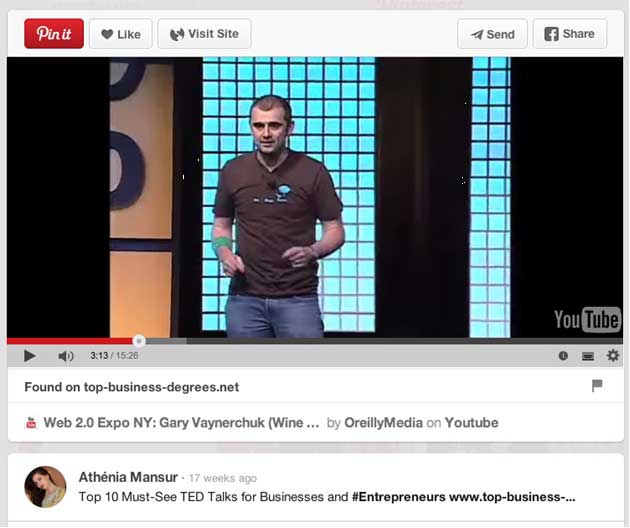
Stories prove key... to Facebook ads. Facebook got together with Adaptly and Refinery29 to test the efficacy of direct-CTA ads versus "storytelling" ads. One campaign was dedicated to subscription generation (with direct calls to action), while the other featured "sequenced" ads that told the story of Refinery29's brands. The ads in the "storytelling" group registered an 87% increase in visits to the landing page, and a 56% rise in subscriptions. It's unintuitive but logical from a relationship point of view: Sometimes it makes more sense to elongate a campaign, and walk people through a story, instead of hitting them with a CTA right away. Stories are power, even for Facebook ads.
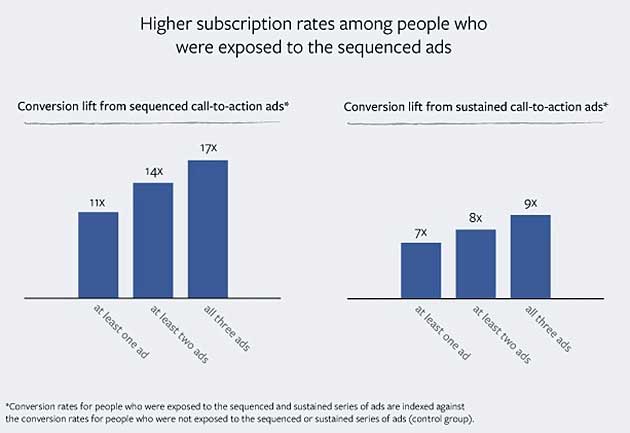
Tips to improve your Tweets. Here's an infographic from Social Marketing Writing that includes 15 tips for getting more retweets, favorites, and clicks. Advice includes using most-retweeted words, using digits (Tweets with numbers get 17% more retweets!), and using Bitly to shorten links—and there are 12 more where those came from! If you want to reinforce that knowledge with other handy facts, also check out Mention's infographic about the five stats that will improve your strategy (partly shown below).
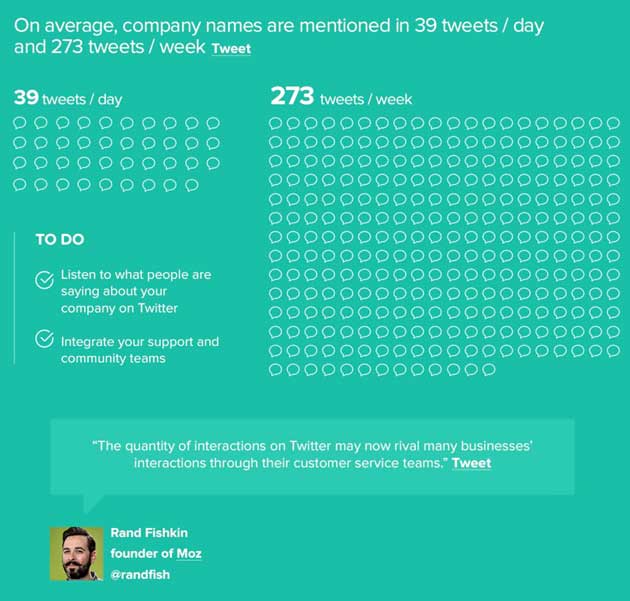
Google Plus loosens its tie. And we're not sure yet whether it's good or bad. The underdog socnet just announced that you're no longer obligated to use your real name, so you may soon see a proliferation of creative G+ handles. Enjoy the ride.
Gamify for visibility. Vocus published a great article on how companies use gamification (addictive gaming elements) to improve PR and communications. You've probably already played a couple, such as McDonald's 'Monopoly' or shaking your phone to pay for a Starbucks coffee. And with the existence of social platforms that people can access anytime via mobile, it's easier than ever to use small rewards or actions to keep customers hooked.
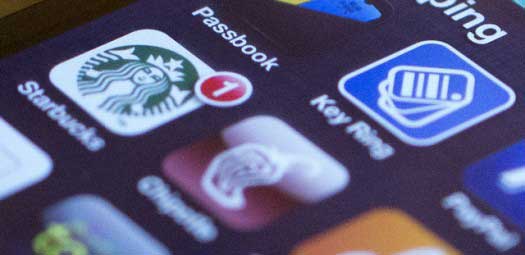
Because word crimes are way worse than blurred lines. Weird Al Yankovic's appropriated Robin Thicke's controversial "Blurred Lines" to produce "Word Crimes," a manifesto for anyone who has ever trembled with rage at the misuse of "it's." At over 4 million views since its launch on July 15, it isn't just a satisfying watch for content strategists and communicators, it's a tribute to how appropriating cultural artifacts can produce something fresh, unexpected and even universally felt.
Since grammar's our game this week, we'll wrap up with the CIA's very own Elements of Style. The Central Intelligence Agency's style guide leaked online this month, and along with the basics, such as using the Oxford comma, it sports whole swaths of proper diplomatic terminology: When religious terms should be capitalized, the titles of world leaders, and—crucially!—an admonition to avoid using a British spelling when an American one can be found. (Leo Benedictus of The Guardian had a field day with that.) Enjoy your foray into spy stylin' (it's all below). In related news, the UK's GCHQ also suffered a leak of coder-led project descriptions. The CIA may be scoffed at for being heavy on the patriocy; but at least they haven't been labeled misogynistic X-Men lovers.
Directorate of Intelligence Style Manual & Writers Guide for Intelligence Publications, Eighth Edition, 201... by mikah257
